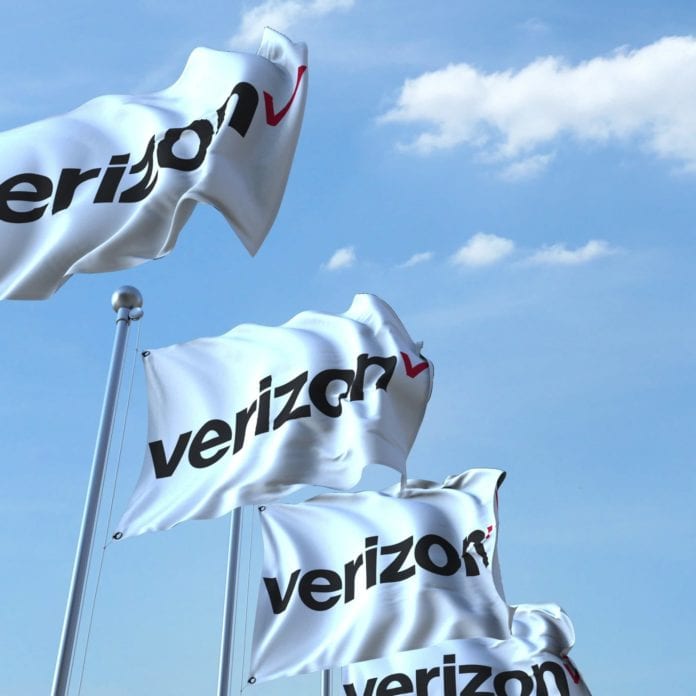Verizon pre-standard fixed 5G paves the way for fixed 5G NR and mobile 5G
AUSTIN, Texas–While the initial slate of Verizon 5G fixed wireless deployments will be based on the carrier’s Technical Forum standard, those sites will quickly be upgraded to the non-standalone 5G New Radio specification approved last year by 3GPP, Verizon Chief Network Officer Nicola Palmer told RCR Wireless News.
Throughout 2017 Verizon tested 5G fixed wireless access in 11 U.S. markets, which the company said included “several hundred cell sites that cover several thousand customer locations.” During the second half of this year, the operator will commercialize the service in three to five markets beginning in Sacramento, Calif. In the U.S., Verizon and AT&T have gravitated to fixed wireless to deliver enhanced residential broadband services while effectively solving for the last-mile problem associated with fiber deployments.
Palmer pointed out there’s a distinction between fixed and mobility, but, at the end of the day, the network components involved are the same. “I think somehow there’s a bit of a perception–you know, maybe inadvertently we created it–that by doing the fixed home broadband network first then following with mobility that they were two distinct things. But it is the same network. There is a small nuance,” she said, noting the basis in the Technical Forum specification but “the minute the NR equipment is available, it gets deployed.”
So why invest twice to essentially deliver the same fixed wireless service? “It gets us in the market,” Palmer said. “We learned a lot from the 11 market trials we had all last year. We’re closing down those trials now. We are in commercial deployment and actively tracking the markets we’re launching. We’ll hit the market earlier.”
Earlier this week Verizon’s Hans Vestberg, the former CEO of Ericsson, declined to quantify the operator’s small cell deployments, pointing out there’s not a direct relationship between the sheer number of small cells and the ability to deliver 5G.
“There’s a little bit of misinformation out there,” Palmer said. “Is deploying dense networks a challenge? Yeah, it’s a challenge. But it’s not an insurmountable challenge. We’ve been at the small cell game for years now. We have small cell networks in 97 of the top 100 markets. That doesn’t happen overnight. Some other carriers, frankly, have not invested in that direction…I’m not saying they’re completely sufficient but we have a very good start.”

